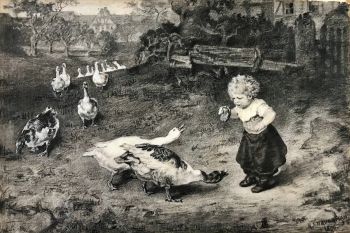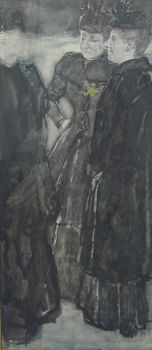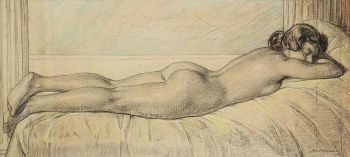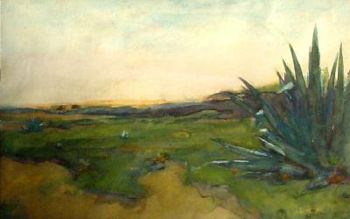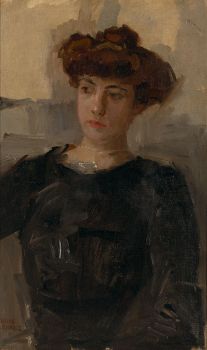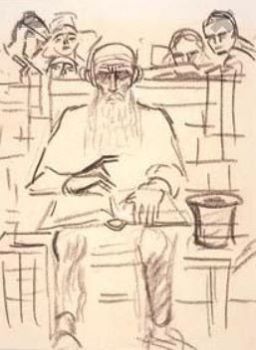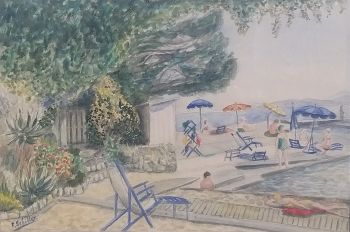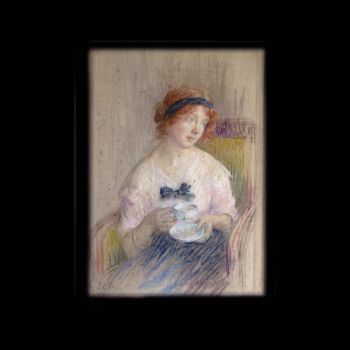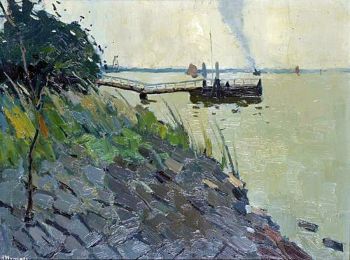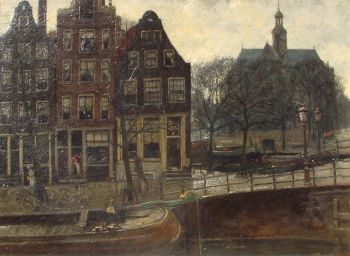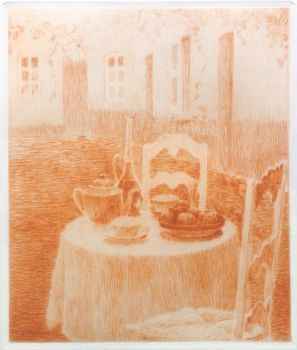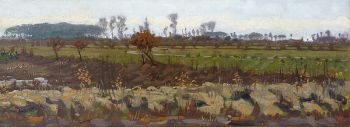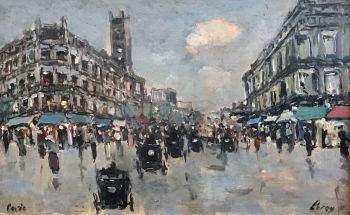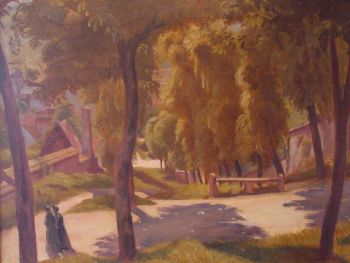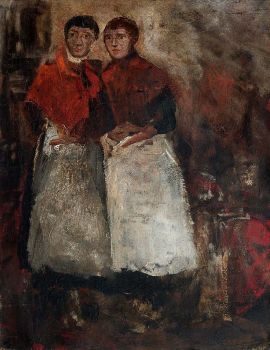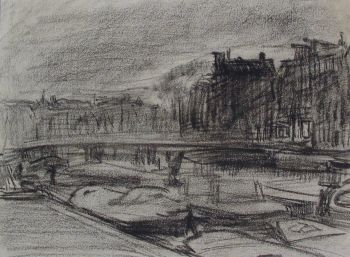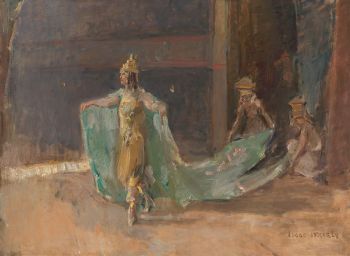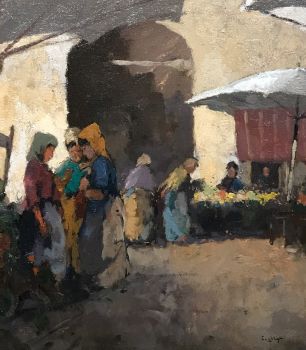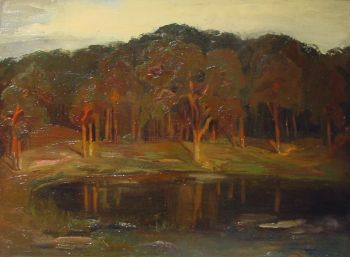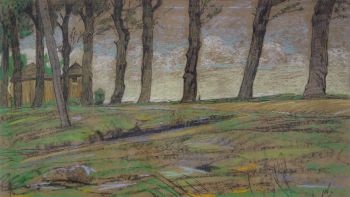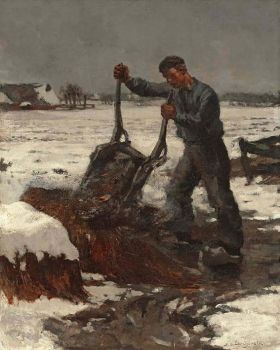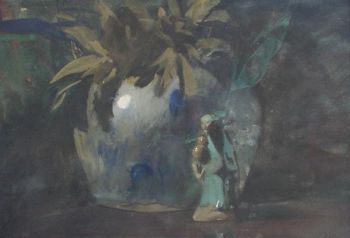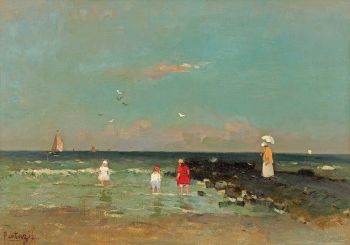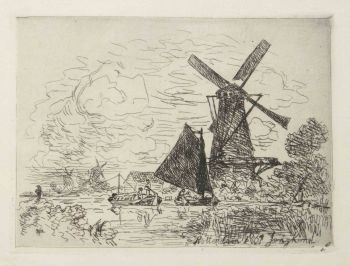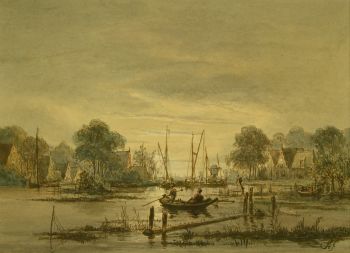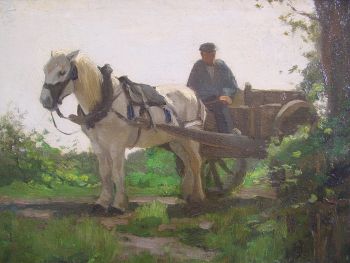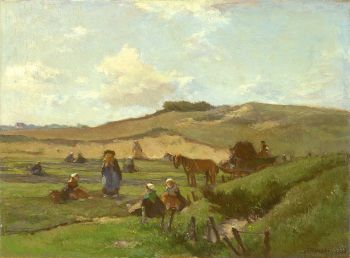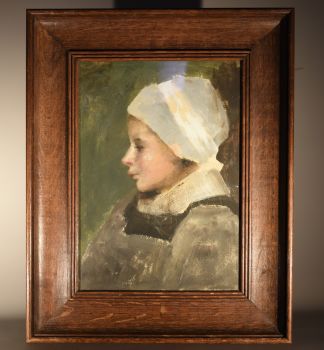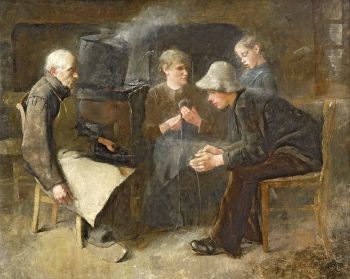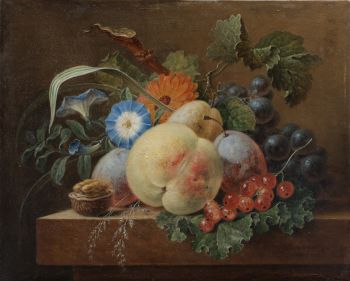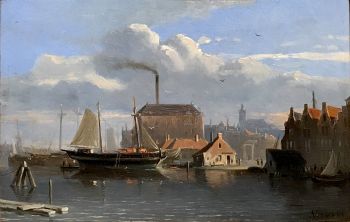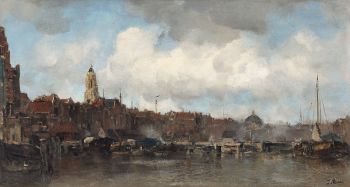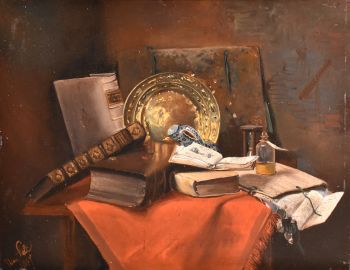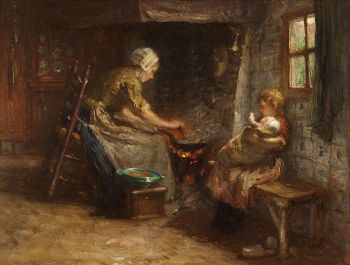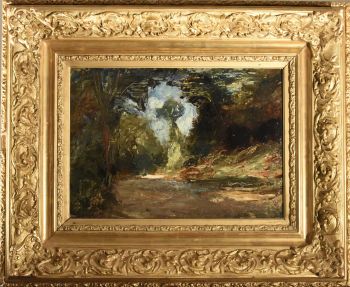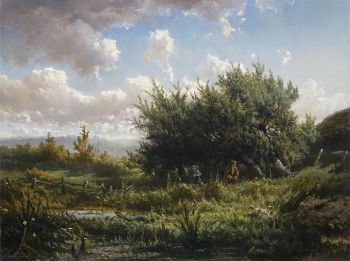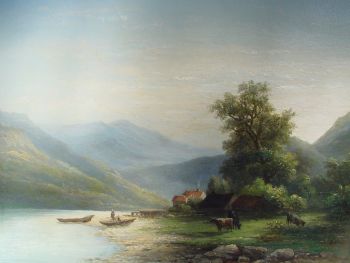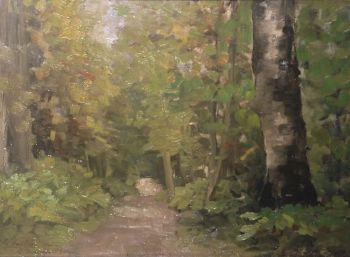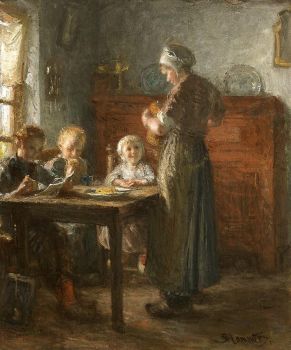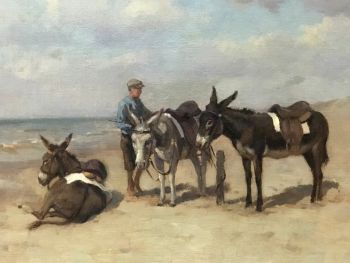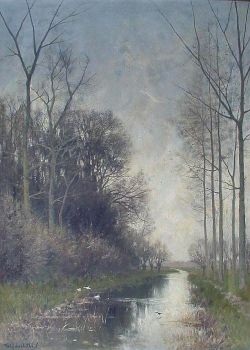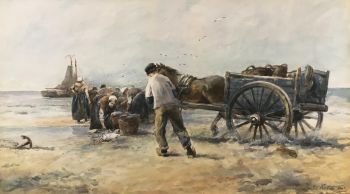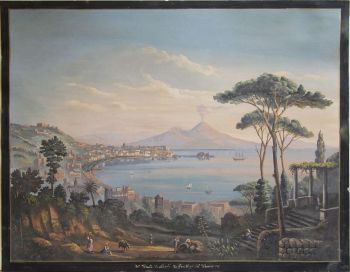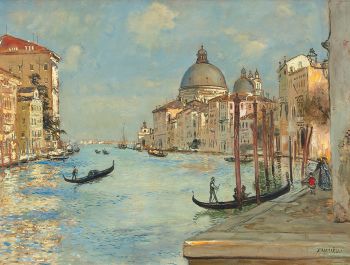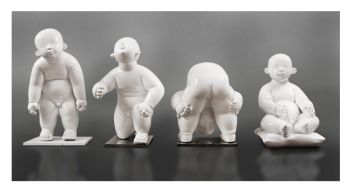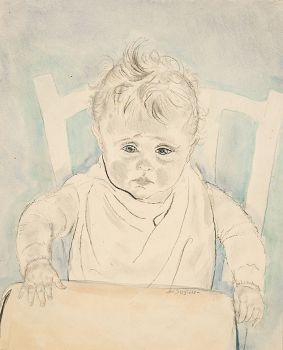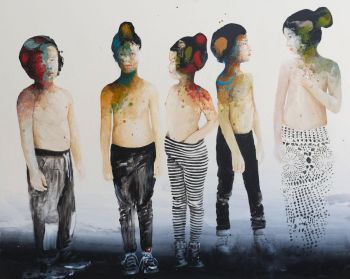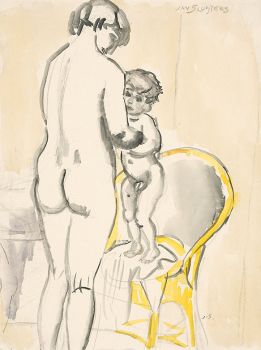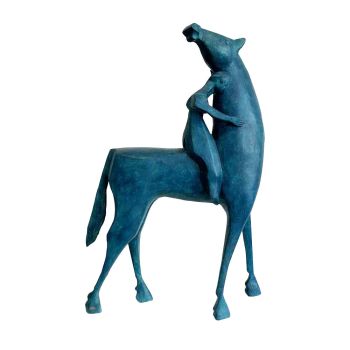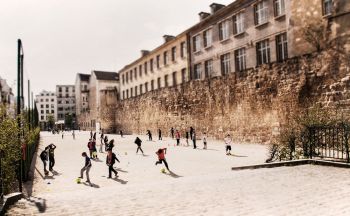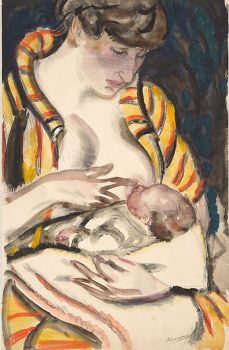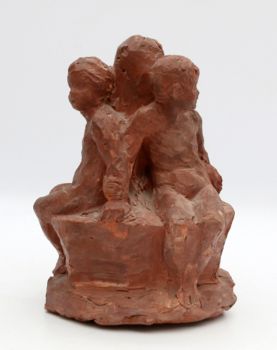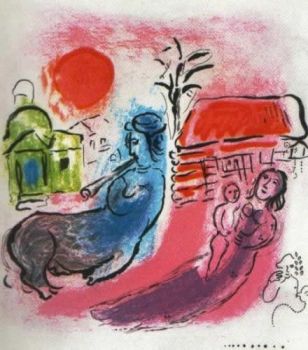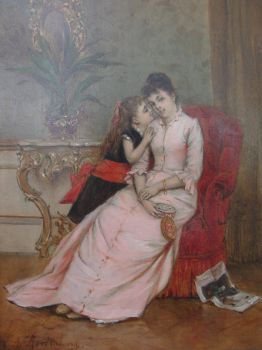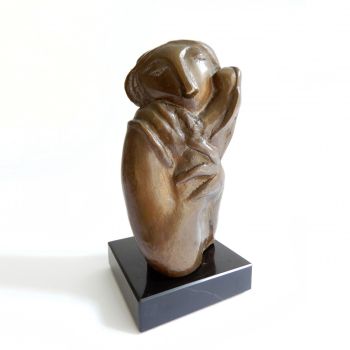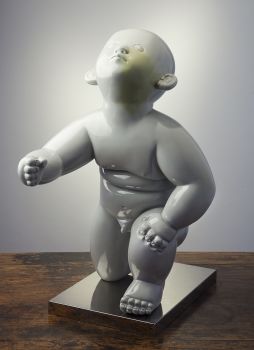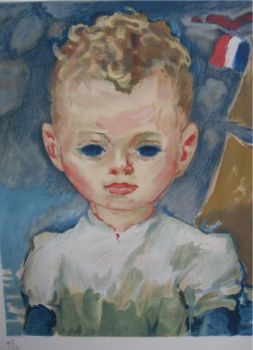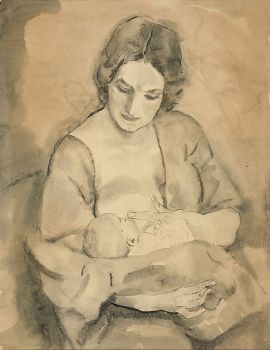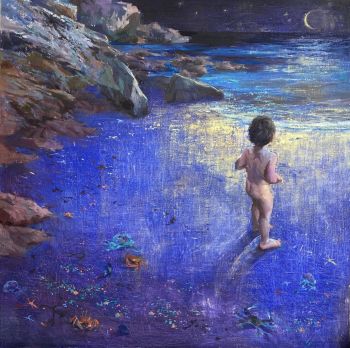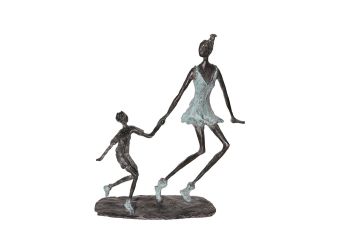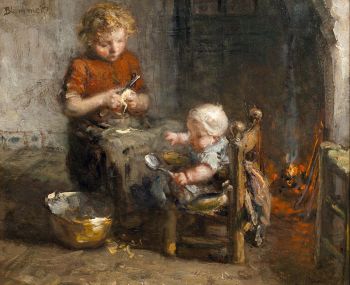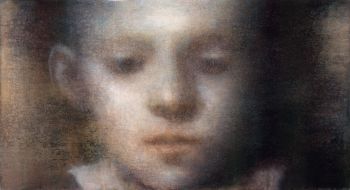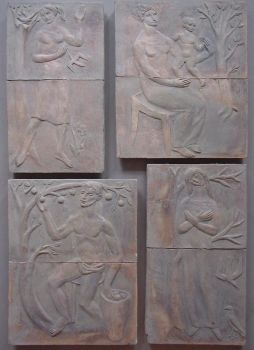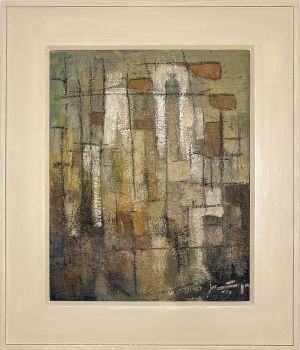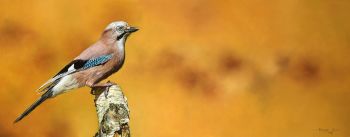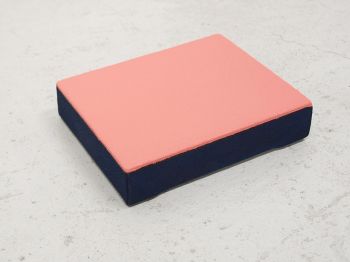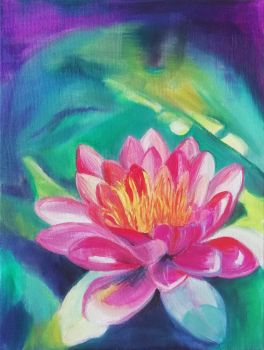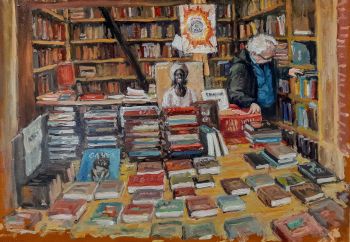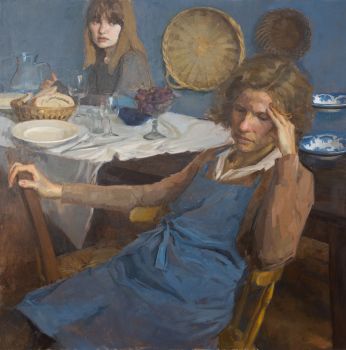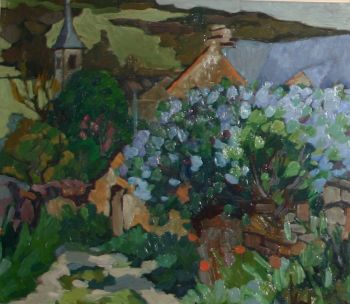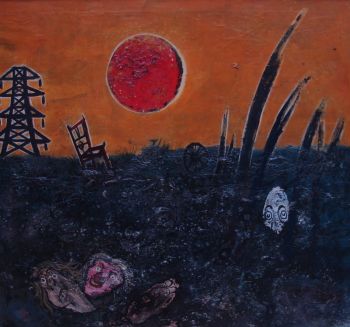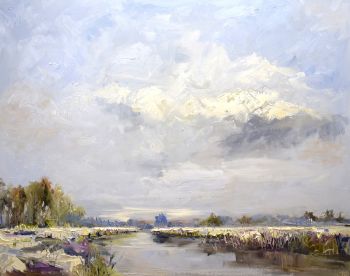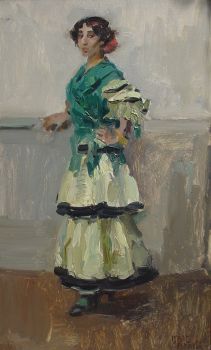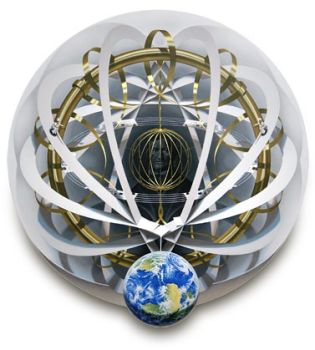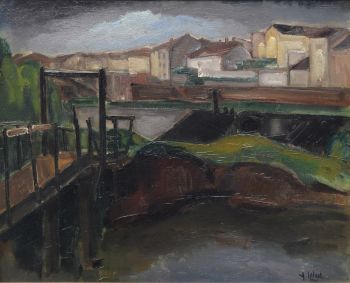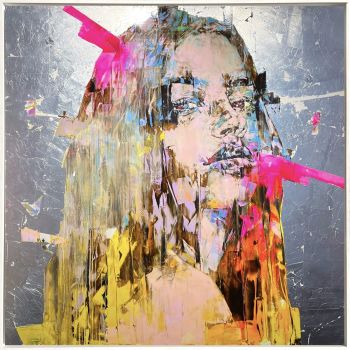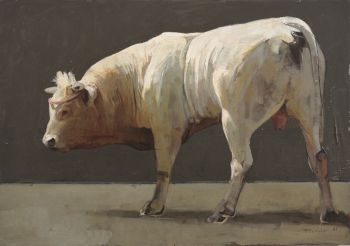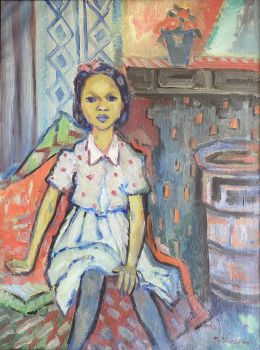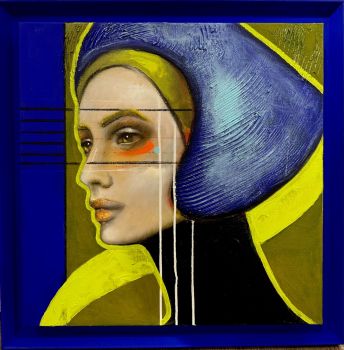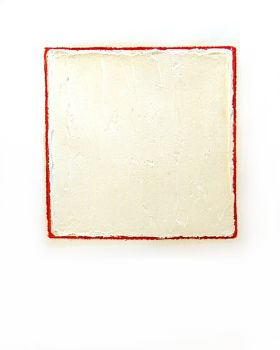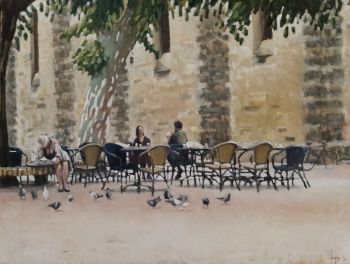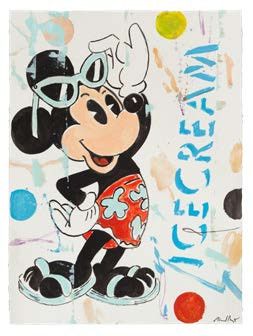Mother and child 1860
Hendrik J. Haverman
Pintura a óleoPintar
55 ⨯ 40 cm
ConditionExcellent
Atualmente indisponível via Gallerease
- Sobre arteHendrik Jan Haverman (1857-1928) belonged to the group of Dutch artists known as the' Tachtigers', meaning the 'Eighties', because these artists started their careers around the eighties of the nineteenth century. They were also called the 'Impressionists of Amsterdam'. Together with his collegues Jan Toorop, George Breitner and Isaac Israels Hendrik Haverman was one of the leading figures of this movement.
Oil on canvas, signed. Label at the backside ‘Stedelijk Museum Amsterdam’.
The painting was bought in 1907 by the Vereeniging tot het vormen van een Openbare Verzameling van Hedendaagsche Kunst te Amsterdam’ (Association to form a Public Collection of Contemporary Art in Amsterdam) from the auction of the Fine Arts Academy Fund, created in memory of (professor) August Allebé.
As the Association did not have a storage space (but a good relation with the Stedelijk Museum), the work has been stored in the museum depot for many years. But at a certain time the Association decided to dispose the work again, which resulted in selling this painting at the auctionhouse of Frederik Muller in April 1956. - Sobre artista
Hendrik Johannes Haverman (23 de outubro de 1857, Amsterdã - 11 de agosto de 1928, Haia) foi um artista holandês; conhecido principalmente por seus desenhos de retratos.
Ele estudou na Rijksakademie van beeldende kunsten em Amsterdã e nas academias de arte em Antuérpia e Bruxelas.
Entre aqueles com quem estudou estavam August Allebé e Hendrik Valkenburg (1826-1896). Por sua vez, deu aulas particulares para Edmée Broers (1876-1955), Meta Cohen Gosschalk, Maria Adeline Alice Schweistal (1864-1950) e Pauline Suij; numa época em que as mulheres não eram admitidas na Rijksakademie.
Em 1892, ele recebeu um Subsídio Real para sustentar seu trabalho. A edição de 1901 de Camera Obscura, de Nicolaas Beets, contém um retrato do autor feito por Haverman.
Ele também foi crítico de arte e escreveu vários artigos para De Gids, a mais antiga revista literária holandesa.
Em 1918, houve uma grande retrospectiva de suas obras no Pulchri Studio em Haia. A primeira exposição de suas obras após sua morte ocorreu em 2008 na Pygmalion Visual Arts em Maarssen.
Artwork details
Related artworks
- 1 - 4 / 6
Isaac Israels
"Een essayeuse bij het modehuis Hirsch"1865 - 1934
Preço em pedidoStudio 2000 Art Gallery
Raoul Hynckes
Riverview with scaffolding (near Kinderdijk, the Netherlands)1913 - 1924
Preço em pedidoKunsthandel Pygmalion
Jan Voerman sr
Still Life with flowers in a Chinese figurine1850 - 1900
Preço em pedidoKunsthandel Pygmalion
1 - 4 / 24Johannes Evert Akkeringa
'Nettenboetsters' in the Dunes1861 - 1942
Preço em pedidoStudio 2000 Art Gallery
Bernardus Johannes Blommers
Het bereiden van de maaltijd1870 - 1914
Preço em pedidoStudio 2000 Art Gallery
Corstiaan Hendrikus de Swart
Mountain landscape with Lake1838 - 1900
Preço em pedidoKunsthandel Pygmalion
Fredericus Jacobus van Rossum du Chattel
Poldervaart in the Vecht river region1899 - 1901
Preço em pedidoKunsthandel Pygmalion
1 - 4 / 24- 1 - 4 / 24
- 1 - 4 / 24



